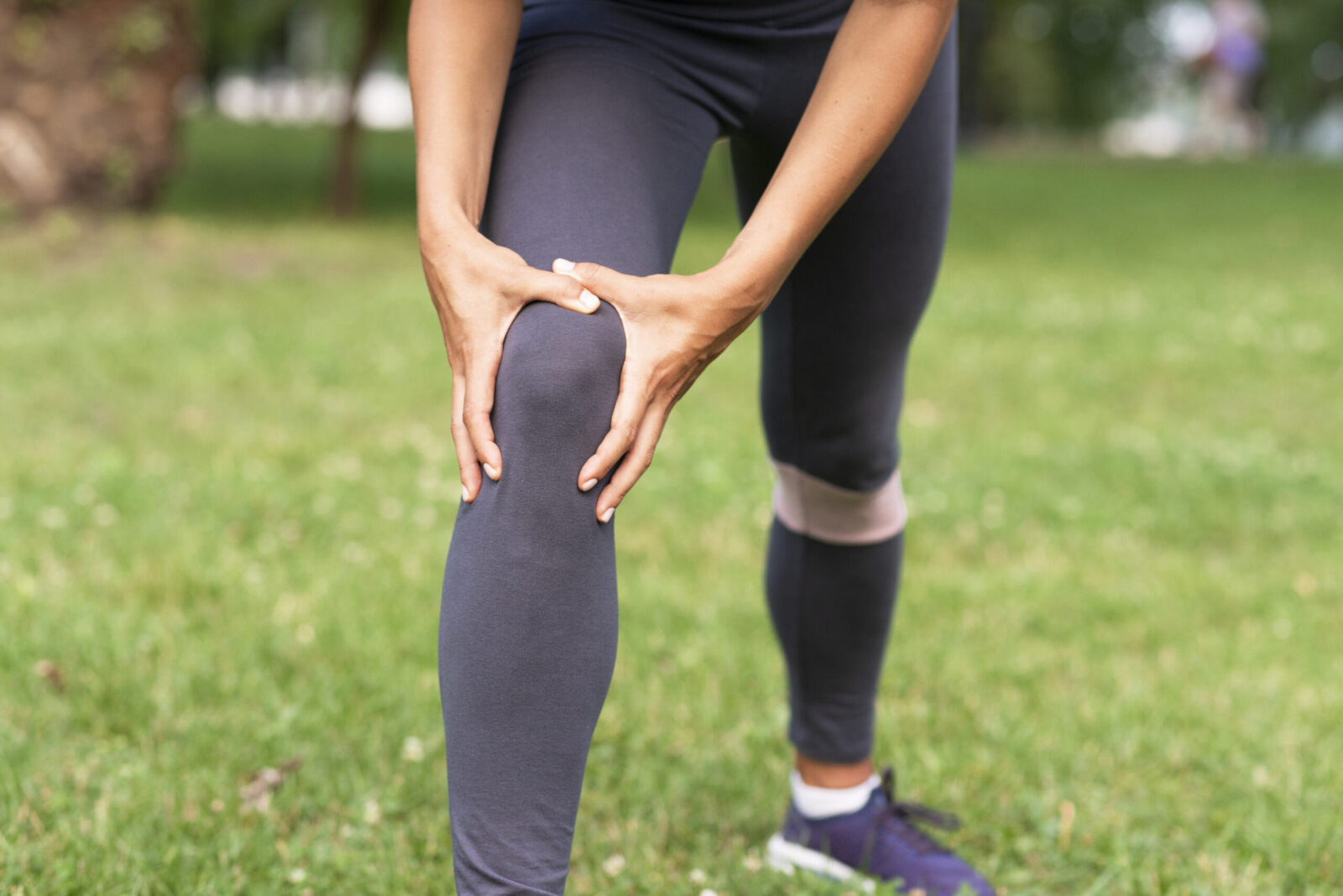
Essential PPE in the Food Industry: What You Need to Know
Overwhelmed by PPE options for food safety? Master your PPE selection for food workers safety with these practical tips.

Get 20€ off on your first order!
It is important to find the right mix between comfort, durability, and safety when choosing knee pads for work. People who work as professionals in Europe need kneepads for safety reasons and because they are useful. This is especially true in fields like building, plumbing, electrical work, and industry settings. This guide will show you what to look for in work knee pads to get safety that will last.
Protecting workers from injuries that can happen from long periods of standing or pressure is very important. Overusing your knees without the right safety can cause joint pain, tendon injuries, or long-term conditions like arthritis or bursitis. Kneepads that work well spread pressure properly, which lowers the risk of damage and supports workers’ ability to stay focused and productive.
In Europe, workplace safety standards emphasize the use of personal protective equipment (PPE), which includes kneepads. Selecting PPE that meets EN14404—the European standard for knee protection—ensures compliance and provides workers with trusted, certified equipment.
Choosing the right kneepads requires attention to several key factors, including material, comfort, fit, protection level, and durability.
Work knee pads are usually made of tough plastics, gel, foam, rubber, or other materials. There are some things that make each one good for different jobs:
When selecting material, consider the nature of the work. For high-impact tasks, hard plastic or rubber may be preferable, while gel or foam may be better for jobs requiring mobility and comfort.
People who wear kneepads all day at work need to make sure they are comfortable. Look for styles that fit close but don’t make it hard to move or feel bad:
To be comfortable and useful, the fit must be perfect. Kneepads should safely stay in place without needing to be adjusted often. Selecting a size with adaptable choices is helpful for people with different body types.
The EN14404 standard classifies knee pads into three protection levels based on specific requirements:
Each type has a different level of shock absorption, with Type 1 typically offering the most robust protection. Ensure the kneepads meet the appropriate EN14404 protection level for your specific job requirements.
Because of the nature of the work and the risks involved, each business has its own needs when it comes to kneepads. The following is a list of some popular types of kneepads and the businesses that use them:
For building and woodworking, kneepads need to be very durable and able to withstand impacts. Some features are:
For professionals working in confined or damp environments, kneepads that prioritize comfort and flexibility are ideal.
When working outside, kneepads should be able to handle all kinds of weather and surfaces.
Floor workers need kneepads with a lot of padding and support to keep their knees from hurting from standing on hard surfaces over and over again.
To ensure that the kneepads meet safety and performance standards, evaluate specific features beyond basic design and material:
Regular maintenance of work kneepads extends their lifespan and maintains performance. Here are some tips:
Several names are known in Europe for making approved, high-quality kneepads that meet EN14404 standards. Some names you can trust are:
Getting the right kneepads is important for safety, comfort, and productivity at work. You can choose knee pads that meet European safety standards and offer good protection by thinking about the material, amount of protection, fit, and the needs of your business. Taking care of your knee pads and storing them properly will also help them last a long time.
Thank you! You've signed up for our newsletter.



















Overwhelmed by PPE options for food safety? Master your PPE selection for food workers safety with these practical tips.

Struggling to maintain clear vision in demanding environments? This guide is here to help. By the end, you’ll know exactly...

Electricians across Europe face unique challenges that require reliable safety glasses to ensure both protection and efficiency. Whether safeguarding against...

Overwhelmed by PPE options for food safety? Master your PPE selection for food workers safety with these practical tips.

Struggling to maintain clear vision in demanding environments? This guide is here to help. By the end, you’ll know exactly...

Electricians across Europe face unique challenges that require reliable safety glasses to ensure both protection and efficiency. Whether safeguarding against...
Get 20€ off on your first order!
Save 30% by buying directly from brands, and get an extra 10€ off orders over €100
Save 30% by buying directly form brands, and get an extra 10€ off orders over €100